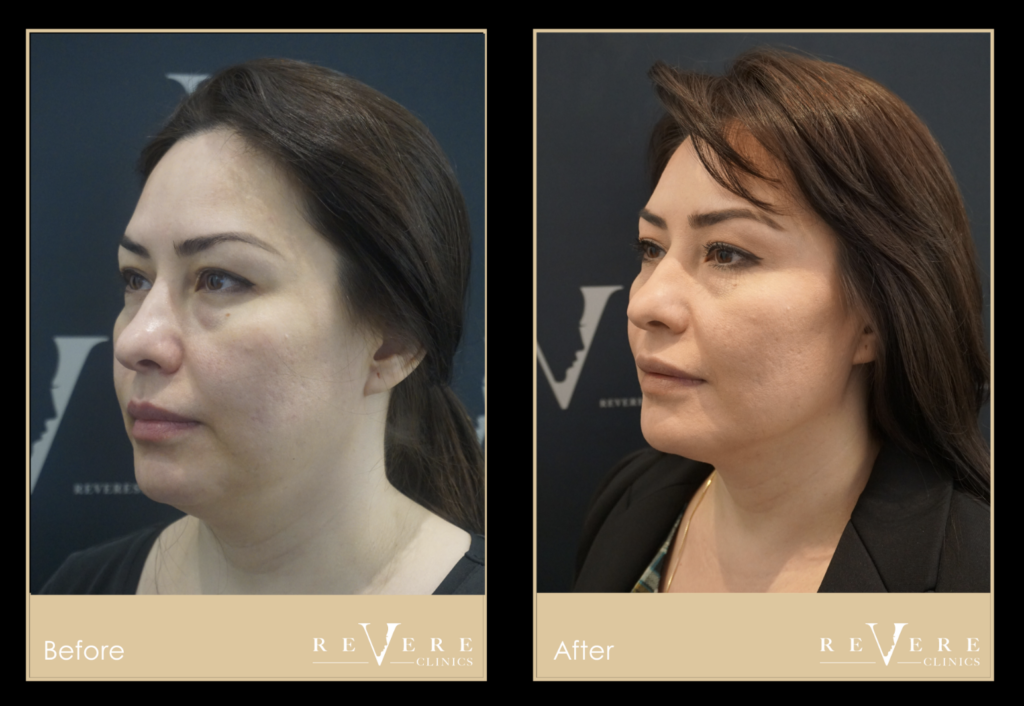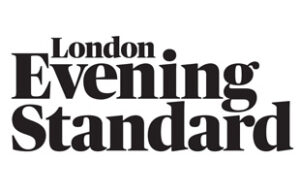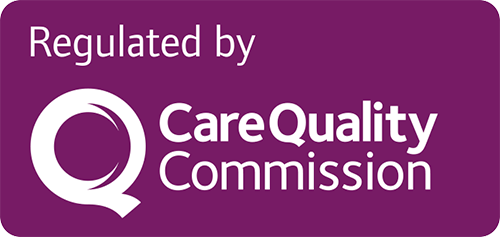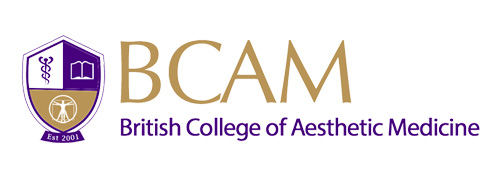Face shape can be a concern at any age – when we are young or more mature, and usually, the blame lies with an imbalance in the volume or fat in the face.
The Fat Loss Facelift™ strategically sculpts facial fat; developed and pioneered by Revere’s founder and lead cosmetic physician, Dr Sach Mohan, it is a game-changing non-surgical treatment to improve facial contours and definition through targeted fat reduction.
Like many, you have probably seen social media and the newspapers awash with celebrities and influencers talking about ‘buccal fat removal’ procedures, hyping them up as the best solution to give you a ‘defined look’ by permanently removing deep cheek fat, but do not be fooled, and let us tell you why.
If you’re still young, you may be bothered by an overly round or chubby-cheeked appearance, despite being otherwise slim and fit, feeling like you still have a ‘baby face’ caused by a fullness in your lower cheeks, rather than having a sharp contoured area between your cheekbone and jawline. You will probably grow out of it, at some point, but not everyone does.
Those of you who are a little older might also be dissatisfied with fullness in the lower cheeks, this time though, it’s a sign of ageing. (Sorry!) Fat compartments lack support, lose volume, and descend as we age, accumulating fatty tissue that we’d rather not see in the mirror, like jowls and double chins; all of which take definition away from the cheekbones.
The thing with fat is that we do need it, especially the deep stuff, like buccal fat, but ideally, we want fat compartments to be volumised in the right place at the right time to achieve a naturally contoured face at every stage of life. Removing ‘foundational fat’ can achieve the opposite effect, ageing an individual before their time, yet TikTok and Instagram abound with lived experiences of buccal fat removal; we can’t know how they will feel about it in another decade or two.
What is buccal fat removal?
Removing buccal fat is a surgical procedure that permanently extracts some or all the buccal fat pad in the lower cheek, about a grape- to walnut-sized lump. The procedure is performed under local anaesthesia via an incision inside the mouth leaving no scar on the outside of the face.
The goal is to unveil the underlying bone structure previously masked by excess fat between the cheekbones and jawline. It’s sometimes called ‘cheek slimming’ surgery and removes the ‘baby face’ look and replaces it with a ‘sucking-on-a-straw’ look.
What can go wrong with removing buccal fat from your face?
This procedure is gaining popularity, especially with the young, where sharply defined bone structure is highly desirable and on-trend. The trouble with having this done when you are young – it is permanent, remember, once removed, the fat pad does not grow back – is that you may regret it later in life when your face begins naturally losing facial volume. Say you have buccal fat removal in your 20s, by the time you are in your 30s or 40s, it might contribute to making you appear much older than you are, essentially accelerating your ageing due to a hollow look.
Unlike other facial fat pads which are more superficial like the malar fat pads that sit above the muscles in the cheeks and the nasolabial fat pad, the buccal fat is a deep fat compartment. It does not degrade or lose its volume as quickly as the superficial fat pads, making it vital and foundational for the ageing face. If you take it all away, you risk undermining these foundations, increasing the need for deep dermal fillers or fat grafting to restore facial volume in later years.
Take Demi Moore, for example, many speculated that she had undergone buccal fat removal. If true, it became apparent when the result, captured by the paparazzi at a fashion show, left her looking unnatural with hollowness to her lower cheeks due to a lack of fat; later rumours in the press suspected that she had resorted to having fat grafted back into her cheeks to reverse the gaunt look.
Similarly, visible, or perceived fullness in the lower cheeks is not always the fault of the buccal fat pad – it gets a bad rep – it can be hypertrophy of the masseter muscles (your chewing muscles) caused by bruxism or teeth grinding. Teeth grinding gives the muscles a daily gym session that increases their bulk and makes the lower face look wider; nothing to do with the fat. Slimming down the masseter muscles can be successfully achieved in appropriate candidates using prescribed botulinum toxin treatments.
What is the Fat Loss Facelift?
It’s unlikely that you will need complete buccal fat removal, at any age. The goal should be fat balance, both deep and superficial fat within the face, either restoring it where it had been lost or sculpting it by dissolution when it is in the wrong place.
The Fat Loss Facelift™ expertly and permanently removes unwanted facial fat to create the impression of a more youthful face, restoring natural facial contours by strategically removing small, undesirable accumulations of fat commonly found in the lower cheek, the jowls, and double chin; treating enlarged nasolabial fat pads, fat accumulations in the mid-face including toning down buccal fat, and under the chin to enhance the cheeks and jawline or mandibular profile.
Treatment involves several precisely targeted injections of Deoxycholate, the key ingredient in Aqualyx™. This enzyme (a bile acid also found in our digestive system) quickly and safely dissolves fat cells so they can be naturally metabolised and removed by the body via the lymphatic system over approximately 8 weeks. Unlike surgically removing the whole buccal fat pad, areas of fat cells can be targeted for reduction, alongside sculpting superficial fat to restore balance and achieve V-shaped definition between the jawline and cheeks.
The Fat Loss Facelift™ requires only topical anaesthesia (numbing cream), does not use scalpels, or remove tissue, and is a single-session injectable treatment with minimal downtime and recovery. You should expect swelling and soreness for up to a week as the fat cells expand and break down. The extra perk is that all this inflammation kicks off a wound-healing response and tells your body to make new collagen and elastin which will tighten and firm up the skin in the areas treated.
Results are long-lasting and permanent because the procedure destroys the targeted fat cells within the fat compartment. Longevity of results depends on maintaining a stable weight and healthy lifestyle to ensure new fat cells are not created within the tissue.
Dr Sach is the pioneer of the Fat Loss Facelift™ and the only medical physician to have performed over 1,000 procedures of this kind to date. Check if you are a great candidate for a Fat Loss Facelift by booking a consultation today with Dr Sach Mohan.











